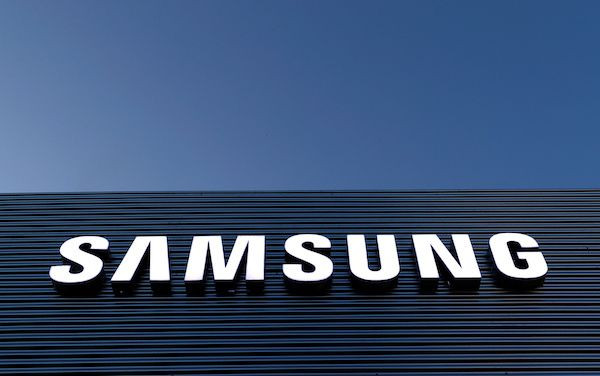Samsung QLED TVs Vs. LG OLED TVs: Which Lineup Is Better?

Samsung Electronics and LG Electronics introduced their new lineup of TVs last week. The new products are expected to be released globally this month. So before you decide on purchasing one, here’s a quick comparison review of the devices the cross-town rivals are offering.
Samsung QLED TVs
Samsung’s 2018 lineup is composed of 4 series, namely: Q6F, Q7F, Q8F and Q9F. These new televisions come in 16 models with sizes ranging from 49 inches to 88 inches. Samsung says its new TVs offer the best sense of immersion that quantum dot can implement, and a number of features that enhance the user experience.
The Galaxy S9 maker is proud to say that its QLED TVs have this so-called “intelligent display.” Such advanced technology makes it possible for the appliance to provide regular updates about weather and news real-time. This feature is on whenever the device is not on Ambient Mode, or the setting that basically plays images or pictures along with background music.
According to Etnews, Samsung’s new Ambient Mode is designed to increase utilization and offers new lifestyle to consumers. Samsung has actually partnered with music streaming service Spotify so the new QLED TV models will be capable of playing music along with visual content in the form of images and pictures.
Not only does Ambient mode offer a new way of providing entertainment, it also smartly studies the environment through a sensor. This sensor is responsible for providing adequate data that would allow the system to automatically adjust the intensity of illumination, to set optimal brightness based on surroundings and to reduce electricity consumption whenever possible.
To give its new TVs distinction over its previous releases, Samsung included its artificial intelligence-based voice recognition platform called Bixby and its very own IoT (Internet of Things) service application called SmartThings App. The former will make it easy for users to control and interact with the new TVs using their voice, while the latter makes it possible for the new TVs to connect to other smart home appliances.
Samsung also pointed out that its new QLED TVs have support for iOS on top of Android OS. Plus, they have this Once Invisible Connection technology that connects every line and even the power cord into a single transparent cable to prevent clutter.
LG OLED TVs
As previously reported, LG’s 2018 TV offerings for this year comprise OLED and SUPER UHD series. The company has 10 OLED TV models from five different lineups, namely: W8, G8, E8, C8 and B8. The SUPER UHD series is the more affordable series, but this is mostly because it is powered by LG’s α (Alpha) 7 processor, which is also powering the least expensive OLED models, the B8 series. The sizes of LG’s new screens range from 55 to 77 inches.
All of the OLED TV models, except for the B8, are powered by LG’s α (Alpha) 9 intelligent processor that’s responsible for the enhanced image rendering and very accurate colors from any viewing angle. LG says the picture quality on its new TVs are outstanding just like the sound quality, thanks to Dolby Atmos.
LG says the α (Alpha) 9 intelligent processor has this four-step process of noise reduction, which is twice the steps traditional TV processors have. Because of this, consumers are guaranteed to enjoy viewing superbly clear motion images with high frame rates. The rich colors, sharpness and depth of motion images work together to provide a sense of realism.
Just like Samsung’s new TVs, LG’s OLED TV screens feature LG’s own AI platform called ThinQ. Similar to Bixby, this technology allows users to communicate with their TVs by voice and control their behavior as well. LG also equipped its new TVs with support for the Electronic Program Guide, so users can easily get real-time information about the different channels.
With Deep ThinQ, LG’s OLED TVs can pretty much act as a smart home hub. Hence, consumers can use LG’s new TVs to control a wide range of smart appliances, like vacuum cleaners, smart lights, air conditions, and many others as long as they are connected to the same Wi-Fi, or if they are connected to the new LG TVs via Bluetooth.
Samsung and LG’s new TV lineups have a lot of things in common. They offer high-end viewing experiences using the most advanced display technologies their respective manufacturers have. They also have AI features that make them smart and IoT services that easily transform them into smart home hubs. Having said all these, it all boils down to preference when picking one over the other.
© Copyright IBTimes 2025. All rights reserved.



















